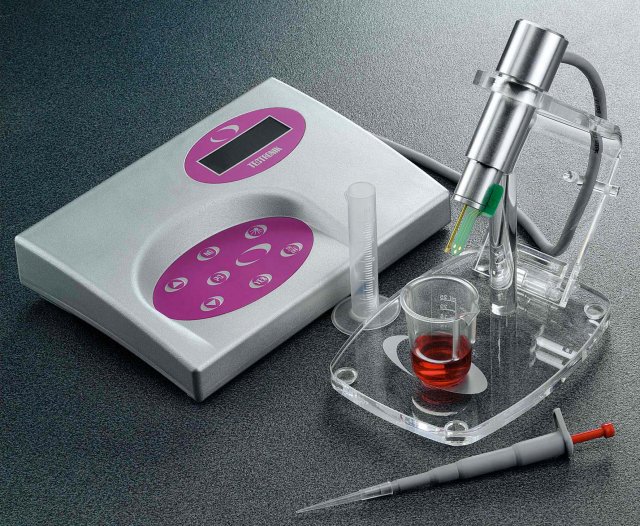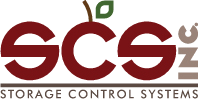Senzytec is a novel biosensor-based system which enables fruit growers to measure the concentration of various analyses of interest for the agro-food, industrial, research and clinical fields. It was developed in collaboration with the Universities of Padua and Venice (Italy), and won the Innovation Award granted by the Veneto Region.
The Senzytec measuring system is a reliable and quick solution which, thanks to the enzymatic biosensor based technology, allows the user to run low cost tests in a very short time and on-site. It is extremely easy to use and intuitive, providing precise quantitative results in only a few minutes.

With Senzytec2, the following analyses are available
- Ethanol
- Malic Acid
- D-Lactic Acid
- L-Lactic Acid
- Glucose
- Fructose


Advantages
| Economical | Low price of instrument and sensors |
| Simple | Direct read-out of sample concentration No trained personnel required No or minimal sample pre-treatment |
| Fast | Results within 3-6 minutes |
| Accurate | Enzyme-based system with high selectivity and specificity Electrode design and device technology for reduced interferences |
| Small sample volume | Analysis carried out with only 0.1 mL of sample |
| Compact & complete | Little bench space required All included: only water is to be added |
| In-field operativity | Provided with a compact case and battery supply |
| PC interface | Data transfer on PC All results can be saved and printed out |
Technical Data
| Instrument control | On display or via PC interface |
| Language | Multiple language selection (English, Italian, German, French, Spanish, Portuguese) |
| Energy Supply | Internal rechargeable battery External AC power adapter |
| Dimensions | 14 x 21 x 5 cm |
| Weight | 850 gr. |
| Data storage | Up to 2000 results |
| PC connection | USB port |
Applications
A well-established application is wine analysis, where Senzytec represents a useful tool to monitor alcoholic fermentation and malolactic conversion.
To keep an eye on naturally-occuring fermentation processes in citrus fruits, during fruit maturation, after harvest and in bottled products.
A new application is to monitor fruit conditions under Dynamic Controlled Atmosphere (DCA), by accurately measuring ethanol production in apples and pears when subjected to hypoxic stress.
What Is a Biosensor? Learn More
A biosensor is an integrated receptor-transducer device, capable of providing selective quantitative analytical information using a biological recognition element. It transforms chemical information into an analytically useful signal, thanks to its two basic components, which are connected in series: a biological recognition system and a physicochemical transducer.
The recognition system translates information from the biochemical domain, typically an analyte concentration, into a chemical signal, with a high degree of selectivity for the analyte to be measured.
The transducer part of the sensor transfers the output signal of the recognition system to the electrical domain, with the biological recognition element being in direct spatial contact with the transducing element.
Finally, the transducer is coupled to an electronic system for signal elaboration and data processing. There are several types of biosensors, depending on the recognition system used (enzymes, antibodies, whole cells, etc.) or the mode of signal transduction (amperometric, potentiometric, field-effect or conductivity sensors).
Enzymatic Biosensors:
In the case of enzymatic biosensors, one or more enzymes are immobilized on the transducer element (typically a metal electrode) and they catalyze a reaction with high selectivity for the substrate to be measured. Transient or steady-state responses are then monitored by an integrated detector.
Amperometric sensors are based on the measurement of the current resulting from the electrochemical oxidation or reduction of an electroactive species. It is usually performed by maintaining a constant potential at a metal or carbon based working electrode, or an array of electrodes with respect to a reference electrode.
The resulting current is directly correlated to the bulk concentration of the electroactive species. Biocatalytic reaction rates are usually chosen to be first-order dependent on the bulk analyte concentration, which therefore results to be linearly proportional to such steady-state currents.

